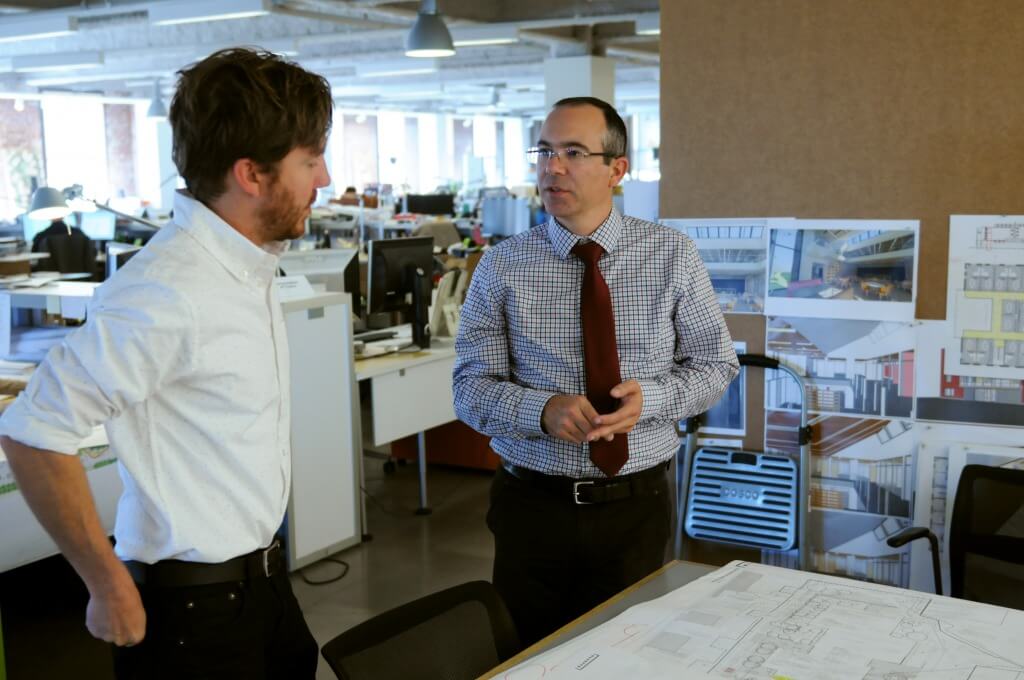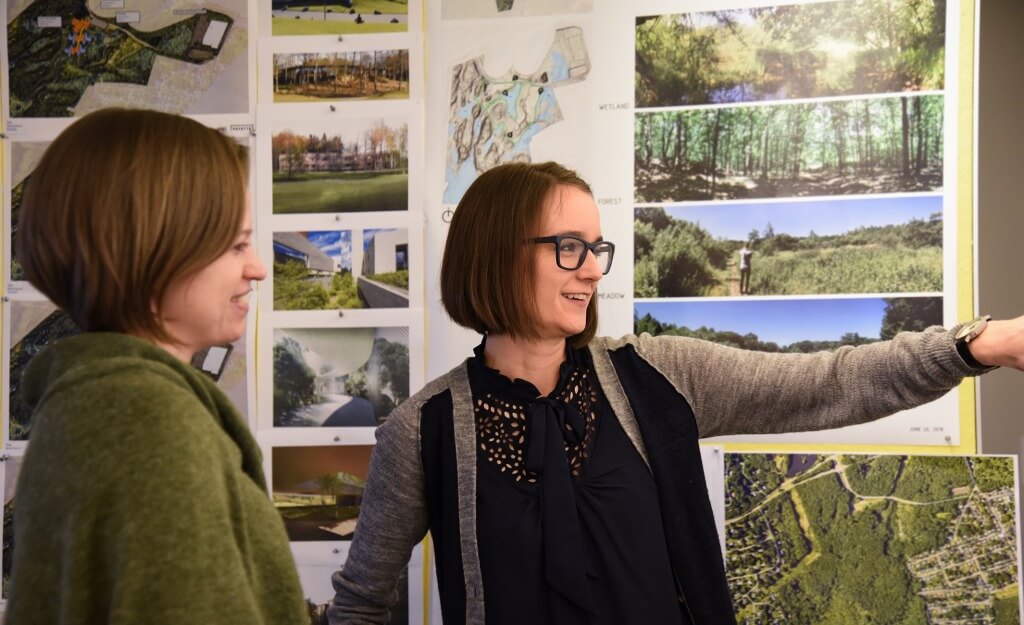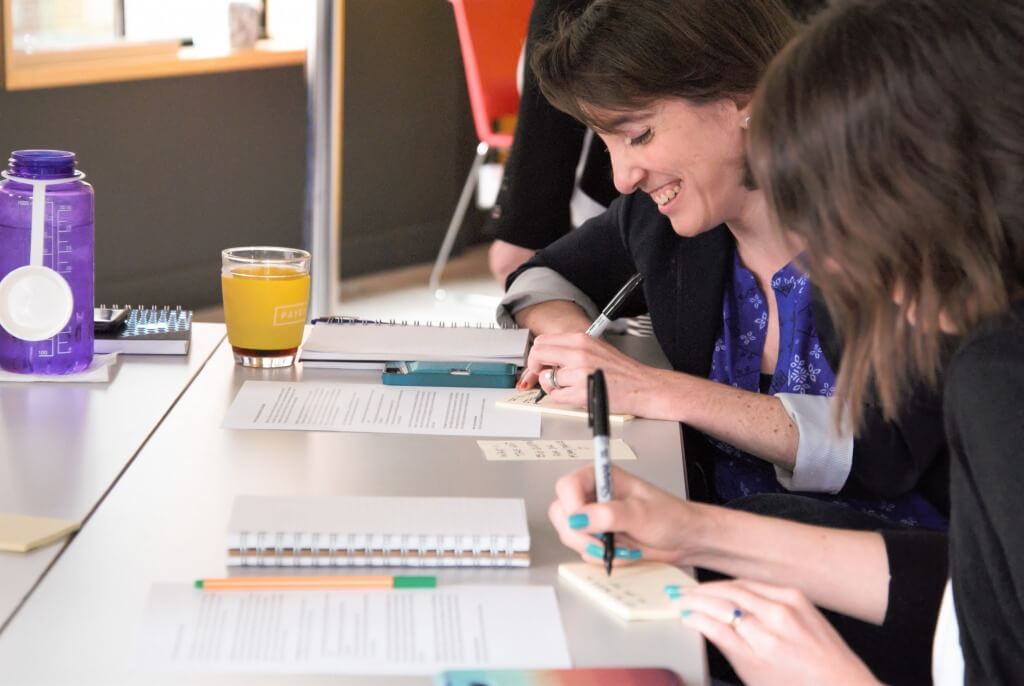Even before working remotely due to the COVID-19 pandemic, managing time could be complicated. And as we begin the return to the office with a blend of in-person and remote work, it can be even more challenging. Mentoring is one of those tasks that is easily compromised as we try to prioritize our activities, but it does not have to be. There are strategies in which the mentor and mentee relationship can be conducted efficiently without being burdensome.
In a recent Harvard Business Review article by Adaria Landry and Resa E. Lewiss titled “What Efficient Mentorship Looks Like,” the authors suggest an approach called “fuel efficient mentoring” that recommends tools for streamlining the process to be fuel efficient and effortless. The first is about setting expectations, outlining what each hope to gain from the relationship, setting rules at the outset such as mentees creating an agenda, organizing calendar invitations and action items that help keep things organized and assist in maintaining the mentor’s focus on the mentee’s needs. It also places an emphasis on time and its value so that thoughts and questions can be developed ahead of time resulting in sessions that are more productive. Group mentoring sessions are also suggested to not only save time by grouping mentees, but it provides the advantage for peer-to-peer mentoring where mentees can share similar struggles, perspectives and build connections.
We have asked some of our colleagues to share the practices they have incorporated into their professional routine that have helped them to grow as both mentees and mentors.

Ron Blanchard, AIA, LEED AP, Senior Associate
Leveraging professional obligations that can double as mentoring opportunities is one way to efficiently dedicate time to mentoring and one that I use quite often. Jointly attending Boston Society of Architects event, whether virtual or in person, can cover educational, professional and networking goals. Both the mentor and mentee gain educational content and insight, while offering opportunities to model networking and professional engagement. Construction visits, client, consultant, or design meetings offer every day, situational examples for instructional opportunities. Conduct a short conversation directly afterwards to discuss the event while still in context to enrich the content for your mentee.
Employing these strategies that can simplify communication, scheduling or synchronize within the everyday workflow are keys to making mentoring effortless.

Mali Ouzts-Gusenleitner, AIA, LEED BD+C, Associate
A few years ago I was selected to be a part of an intensive mentorship program. It was a yearlong program that sent me through negotiation training, a Dale Carnegie public speaking course, and a series of workshops with a mentor who had been selected based on my personality. When I met my mentor, we randomly both started singing “Everything is Awesome” at the same time. It was clearly the right fit. At the end of 52 weeks, I would know who I was and where I was going.
As the two of us sat in one of our predefined workshops it quickly became apparent to me that mentorship is not limited to the confines of carefully organized meetings to help me develop a road map for my career. I was surrounded by a group of 11 other individuals in my level and 12 individuals who were all senior leadership for that firm. That was 23 people that I could learn from, connect with, and take with me for the rest of my career as a mentor/ mentee relationship.
I can hear you asking. “So why would you do a mentorship? This sounds more like building your network?”
Simply put, because in architecture it is easy to get bogged down in the day to day and focus on meeting a deadline, addressing a client concern, or fixing a broken Revit model. My mentor taught me that a valuable mentorship can and should come from anywhere. She reminded me to step back, speak up and stay connected. I now have a network of mentors, each with their own strengths that I can tap into when needed, and the best part is when I am able to do the same for them.

Alison Lesniewski-Laas, AIA, LEED AP, Senior Associate
Developing mentoring relationships, as a mentee, mentor and peer, is something that I find invigorating in my professional life. As a result I am fortunate to have a robust network of existing mentoring relationships that I have been able to fall back on while trying to navigate the unknown and ever-changing remote work environment. The challenge of shifting those mentoring relationships from face to face to virtual has been finding ways to maintain relationships that were founded either in daily professional, team-based situations, or in social connections of quarterly lunches or coffee breaks and transition them to our more scheduled remote work lives.
I have found two complementary strategies to be successful to incorporate mentoring into virtual work: quick check-ins and immediate post meeting follow-ups. Where many of my mentoring relationships in person have relied on taking social time away from the office to discuss career growth and development over lunch or coffee, I have learned that there is also value to more frequent, shorter check-ins, especially when what most mentor/mentees are currently looking for now is simply knowing that there is support available. While it may sometimes take several tries to get the scheduling to work, a 15-minute video call just to ask if everything is going ok is welcomed and often enough to address a mentee’s questions or concerns. Similarly, ending a group meeting with a request to follow-up immediately with an individual to discuss outcomes or action items can easily double as an opportunity for quick check-in and show of interest and professional support.

